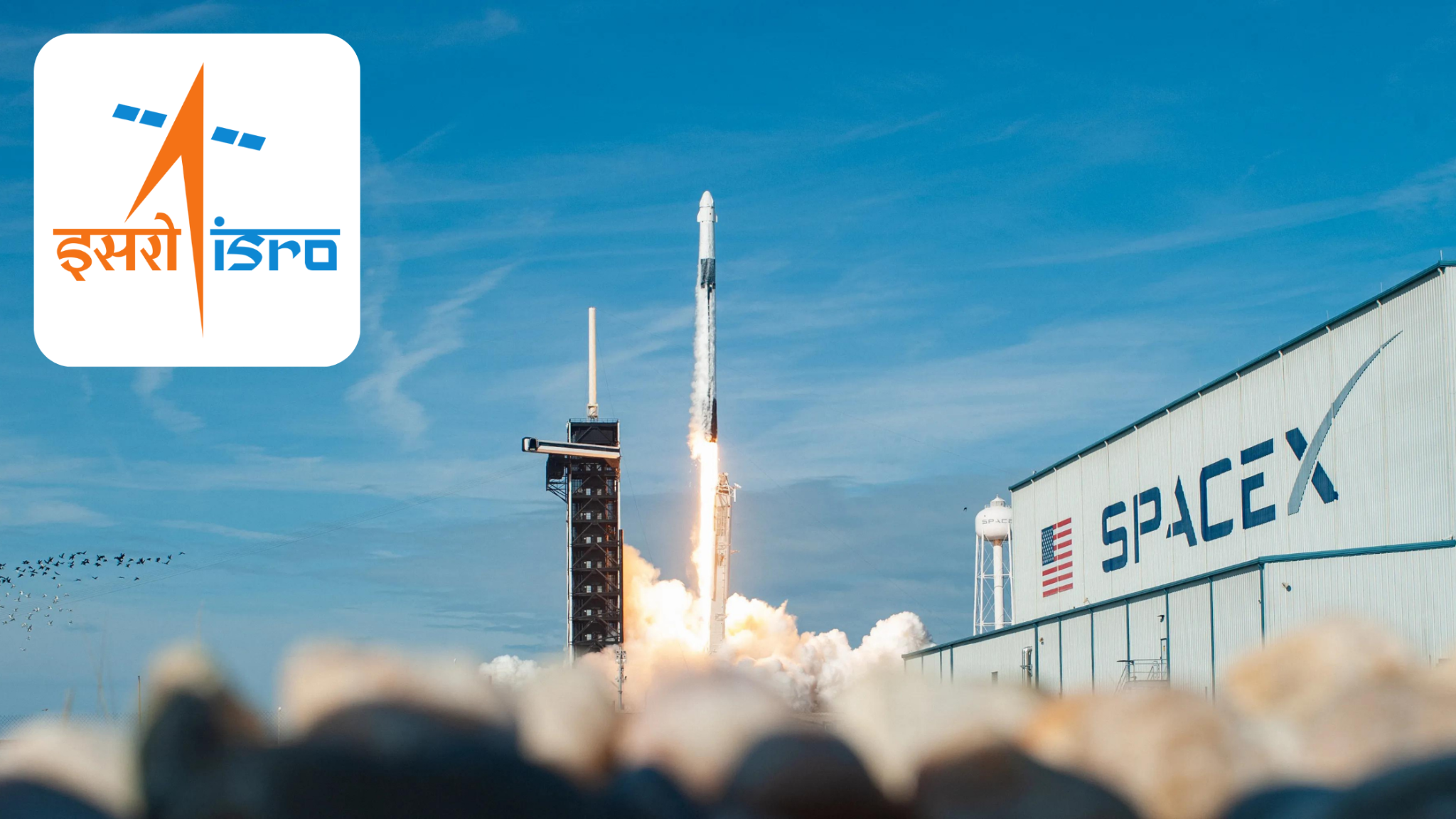India to use SpaceX rocket to launch communications satellite (Indian Express)

- 04 Jan 2024
Why is it in the News?
The Indian Space Research Organisation (ISRO) is gearing up for the launch of its communication satellite GSAT-20, weighing 4,700kg, an initiative marking India's entry into a new era of satellite technology.
Context:
- The commercial arm of ISRO, NewSpace India Limited (NSIL) will launch GSAT-20 (renamed as GSAT-N2), on-board SpaceX’s Falcon-9 during the second quarter of 2024.
- ISRO's current flagship rocket, the LVM3, holds a maximum carrying capacity of four tons.
- Falling short by 700kg for the GSAT-20.
- This satellite will cater to cellular backhaul service needs particularly to remote and unconnected regions.
What is GSAT 20 Satellite?
- GSAT-20 is an Indian geostationary Ka-band high-throughput communications satellite.
- GSAT 20 is built on the I-3K unified modular bus with electric-only propulsion.
- It will be India's first satellite to rely entirely on electric propulsion, which can be five to six times more efficient than chemical-based propulsion.
- It features a Ka × Ka high-throughput communications payload with 70 Gbps throughput utilizing 32 spot beams with each 2 polarisations providing broadband services across the Indian region.
- The satellite was initially set for a 2020 launch on a GSLV Mk.3 (2) rocket but got moved up to 2019 on an Ariane-5ECA+.
- In 2021, the plan returned to a GSLV Mk.3 (2) launch.
- In early 2024, a contract with SpaceX was signed for a Falcon-9 v1.2 (Block 5) launch.
What is SpaceX’s Falcon-9 Rocket?
- Falcon 9 is a reusable, two-stage rocket designed and manufactured by SpaceX “for the reliable and safe transport of people and payloads into Earth orbit and beyond".
- It is the world’s first orbital-class reusable rocket.
- Reusability allows SpaceX to re-fly the most expensive parts of the rocket, which in turn drives down the cost of space access," it added.
- Till now, it has undertaken 285 launches, 243 landings, and 217 re-flights.
